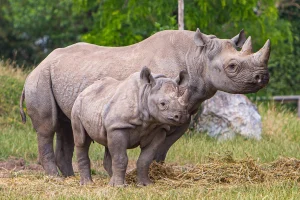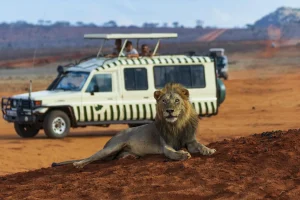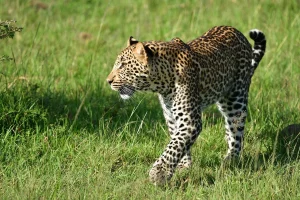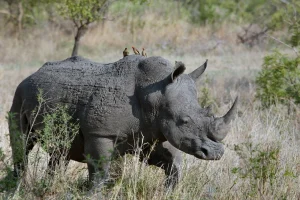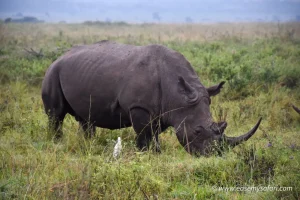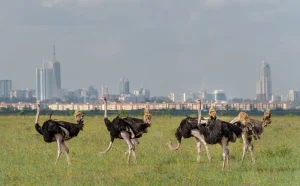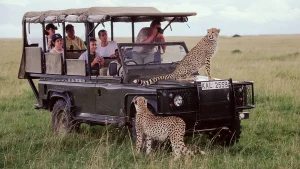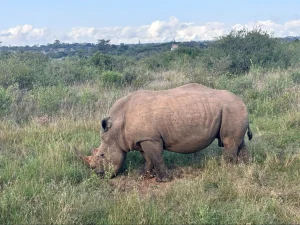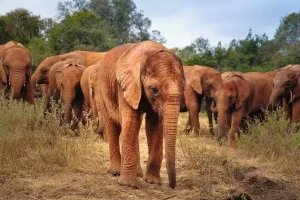Best Time of Year to See Wildlife in Nairobi National Park: A Complete Guide
Nairobi National Park, a remarkable sanctuary where the city’s edge meets untamed nature, presents fantastic opportunities for observing animals in their natural habitat. However, knowing the ideal period for a visit can dramatically improve your chances of encountering the park’s diverse wildlife. Understanding the different wildlife viewing seasons around Nairobi is essential for planning a successful trip. Today our professionals provide more information on the best time of the year to see wildlife in Nairobi National Park.
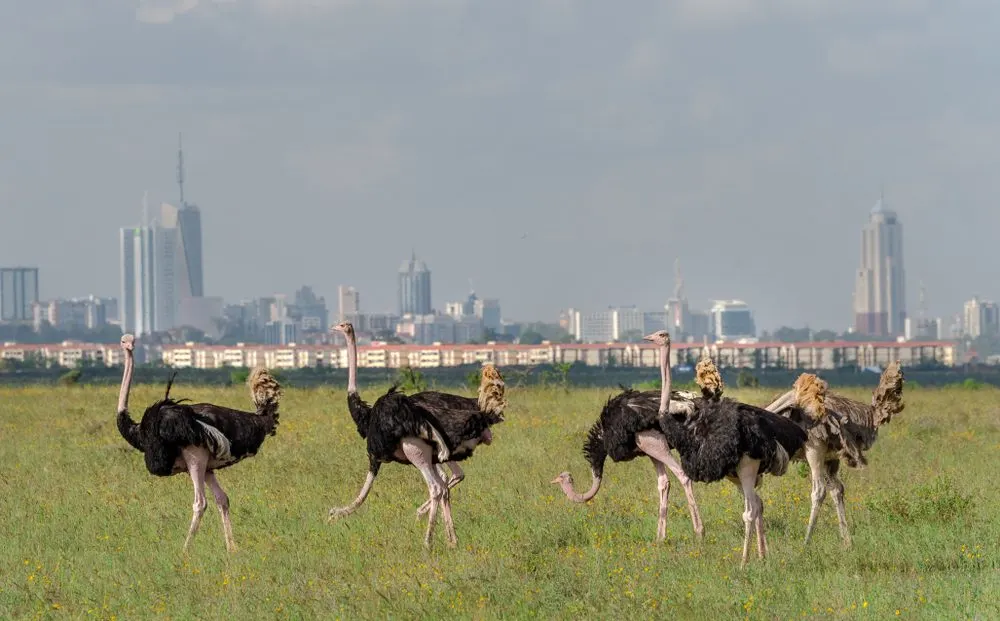
Prime Wildlife Viewing During the Dry Seasons
The periods of low rainfall, typically spanning from June to October and again from January to March, are widely recognized as the best months for game drives within Nairobi National Park. During these times, the vegetation thins out considerably, making it simpler to locate animals. As water becomes scarce elsewhere, wildlife tends to gather around remaining water sources like rivers and watering holes, leading to a higher concentration of wildlife in Nairobi National Park.
- Improved Visibility: With less dense foliage and shorter grasses, spotting lions, rhinoceroses, giraffes, and other animals becomes much easier.
- Wildlife Conglomeration: Animals are drawn to the available water sources, increasing the likelihood of sightings.
- Favorable Weather Conditions: Sunny days and reduced humidity create more comfortable conditions for a safari experience in Nairobi National Park. This period is also often considered the best time for wildlife photography in Nairobi National Park due to the clear and bright light.
If your specific interest lies in observing particular species, the dry seasons often present excellent chances to see lions within Nairobi National Park and observe rhinos in Nairobi National Park as they are more easily visible in the open landscapes.
The Wet Seasons: Lush Scenery and Birdwatching Wonders
Nairobi experiences two primary rainy periods: the long rains occurring from April to May and the short rains from November to December. While spotting large mammals might require a bit more patience due to the lusher vegetation, the wet seasons offer a unique and rewarding experience, particularly for bird enthusiasts.
- Vibrant Landscapes: The park transforms into a verdant and thriving environment.
- Exceptional Birdlife: The rainy seasons attract a wide variety of migratory bird species, making it the best time to spot birds in Nairobi National Park.
- Fewer Visitors: The park generally sees fewer tourists during the rainy seasons, offering a more tranquil experience.
While encountering larger animals might take more effort, you can still enjoy rewarding animal viewing experiences in Nairobi National Park. The patterns of animal activity in Nairobi National Park shift by month, and the wet seasons often bring new life, with many animals giving birth.
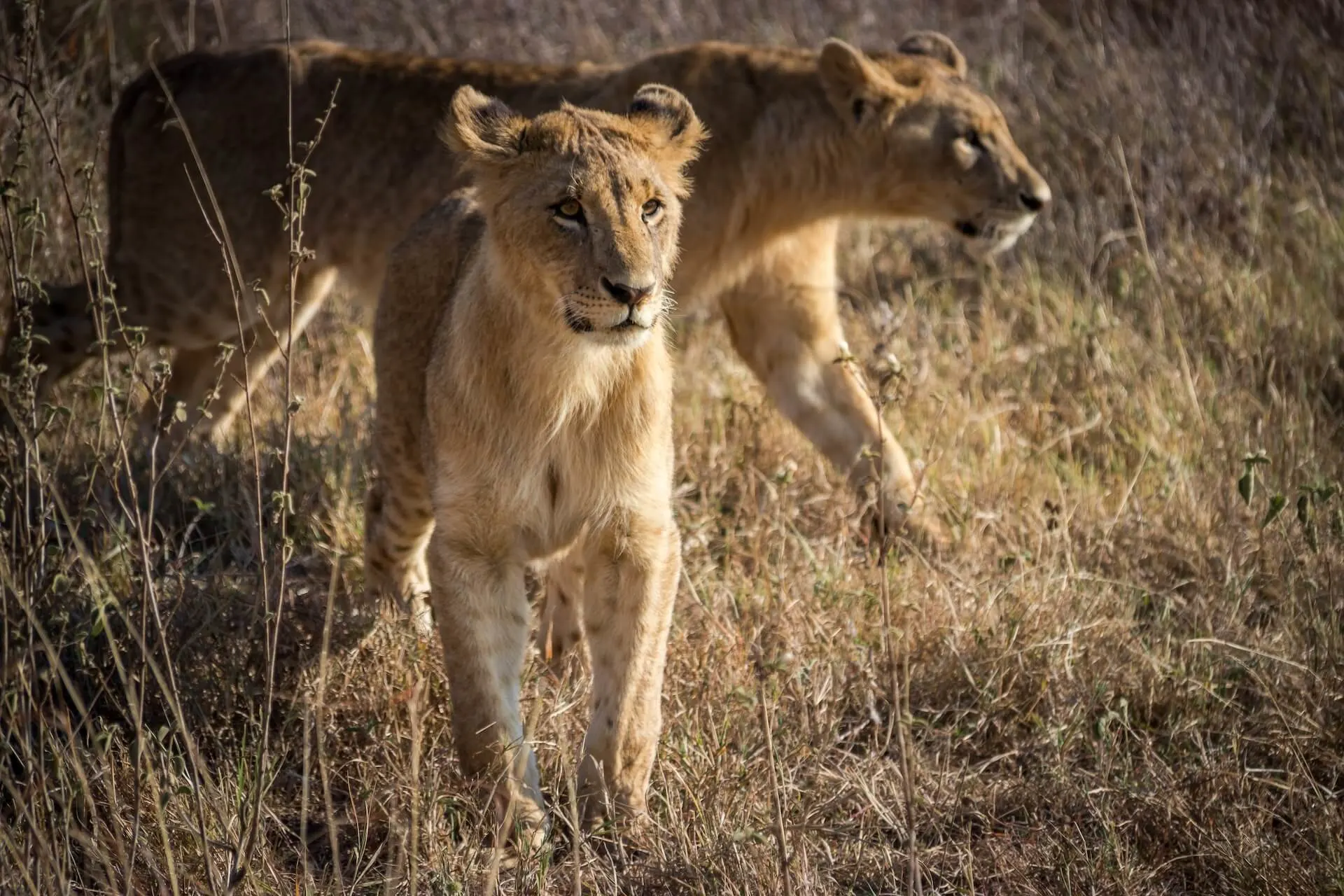
Understanding Animal Movements Throughout the Year
Although Nairobi National Park is not part of the famous Great Migration of the Masai Mara, understanding the general seasonal patterns of wildlife in Nairobi National Park can enhance your viewing opportunities. Animals tend to disperse more when water is plentiful but congregate around reliable sources during dry spells. It’s important to note that any mention of Nairobi National Park migration refers to smaller, localized movements within the park rather than a large-scale migration event.
Planning Your Visit for Optimal Wildlife Encounters
Our professional safari consultants and guides start that when planning your trip, consider what you hope to see and experience:
- For the most straightforward and rewarding general wildlife sightings, aim for the dry seasons (June to October or January to March).
- If you are particularly interested in birdwatching and enjoying the lush green scenery, the wet seasons (April to May or November to December) are ideal.
- The weather conditions in Nairobi National Park for observing wildlife play a significant role; the dry seasons generally offer more predictable and comfortable conditions.
- If you prefer a less crowded experience, the wet seasons might be more appealing, as the number of visitors in Nairobi National Park varies by season, typically being lower during the rains.
Enhancing Your Nairobi National Park Experience
Your visit to Nairobi National Park can be made even more enriching by considering these additional aspects:
- Nairobi National Park entrance fees differ for residents and non-residents, so it’s advisable to check the current rates on the official Kenya Wildlife Service website.
- Engaging with Nairobi National Park tours led by knowledgeable guides can significantly enhance your wildlife spotting success and provide valuable insights into animal behavior.
- Beyond traditional game drives, the park offers other attractions, such as the Nairobi Safari Walk and the Animal Orphanage, providing diverse things to do within Nairobi National Park.
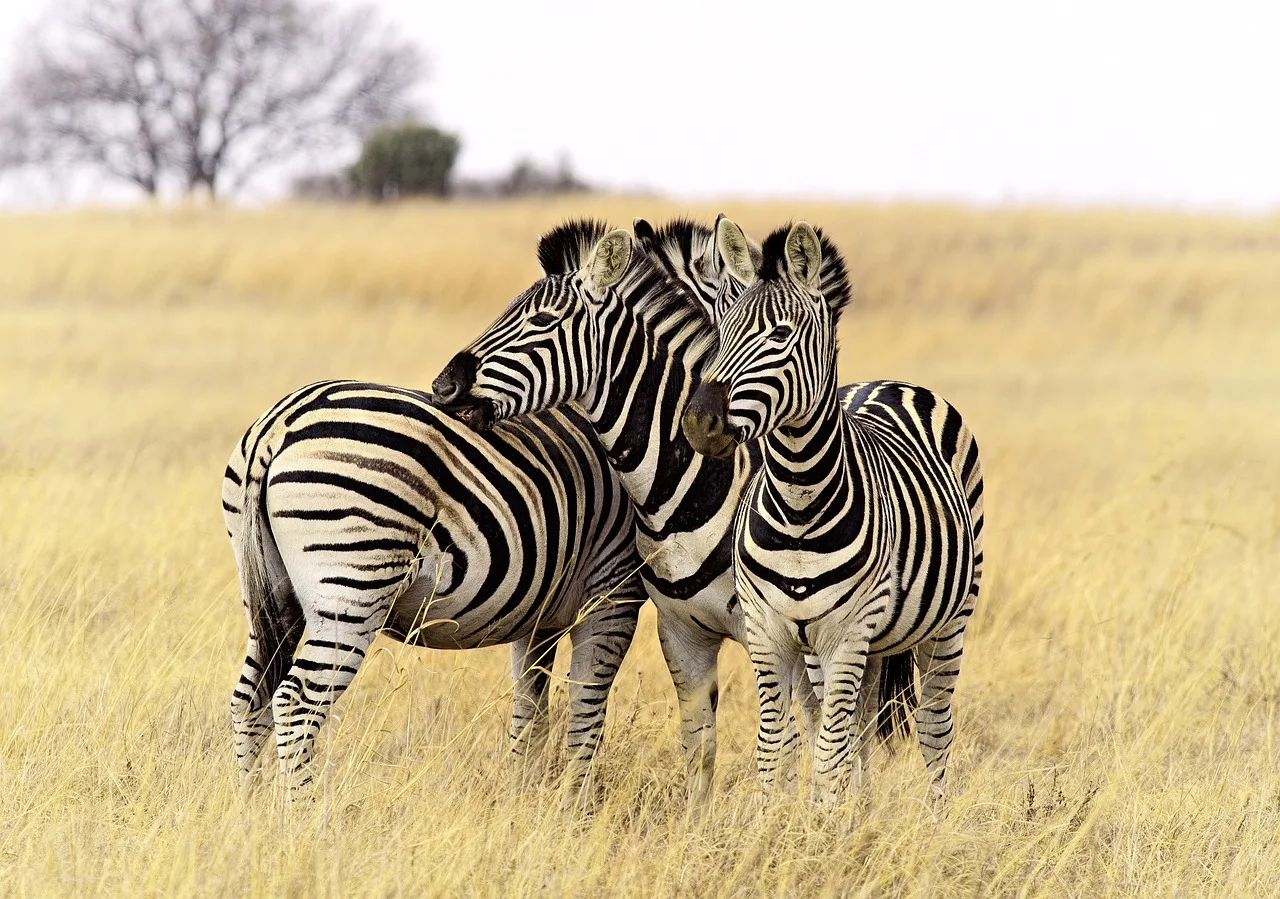
Maximizing Your Wildlife Viewing Adventure in Nairobi
Ultimately, whether you choose to visit during the dry or wet season, Nairobi National Park offers a unique and captivating wildlife experience. By understanding the best time to visit Nairobi for observing wildlife based on your specific interests, you can greatly increase your chances of witnessing the incredible biodiversity this park has to offer. Plan your Kenyan wildlife safari thoughtfully and prepare for an unforgettable adventure where the wonders of the African wild unfold against the backdrop of a vibrant city. For further tips on planning your Kenyan adventure, consider exploring resources on established travel platforms like Masai-Mara.in.

